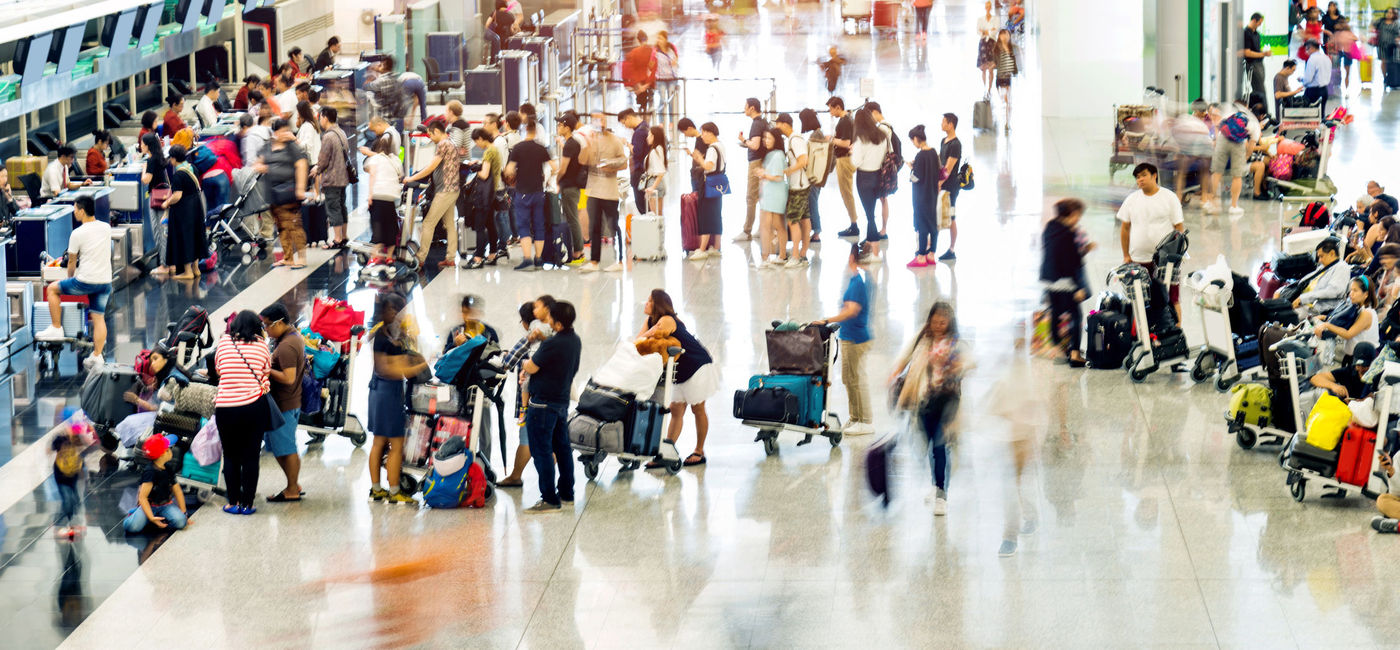The Rise of Skiplagging: Saving Money or Airline Displeasure

Skiplagging, a true phenomenon in aviation, is making a comeback with the surge in airfares this summer. However, while it can be an artful way to save money, airlines generally discourage this practice.
Here’s how skiplagging works: Let’s say you want to fly from Boston to Washington, but the cheapest airfare is $250. However, you discover a flight from Boston to New Orleans with a layover in Washington priced at $175. Skiplagging comes into play when you disembark at your desired location, Washington, during the layover, essentially skipping the final leg of the flight and saving $75 in the process.
There are two crucial factors to keep in mind when skiplagging. First, you cannot check luggage, as it would typically be tagged through to the final destination, New Orleans in this case. Consider flying to a destination where you either don’t require checked baggage or can manage with a carry-on. Second, it is advisable to fly a different airline for your return journey, as the initial airline may catch on to your strategy.
Skiplagging is also referred to as hidden city ticketing or throwaway ticketing. Although it gained notoriety in the early 2000s, it has regained popularity as airfares continue to rise.
Dan Gellert, the COO of Skiplagged.com, observes a growing trend in skiplagging. He explained to The New York Post that the significant price difference is because their platform aims to help travelers save money rather than solely assisting airlines in ticket sales, as other travel websites typically do.
